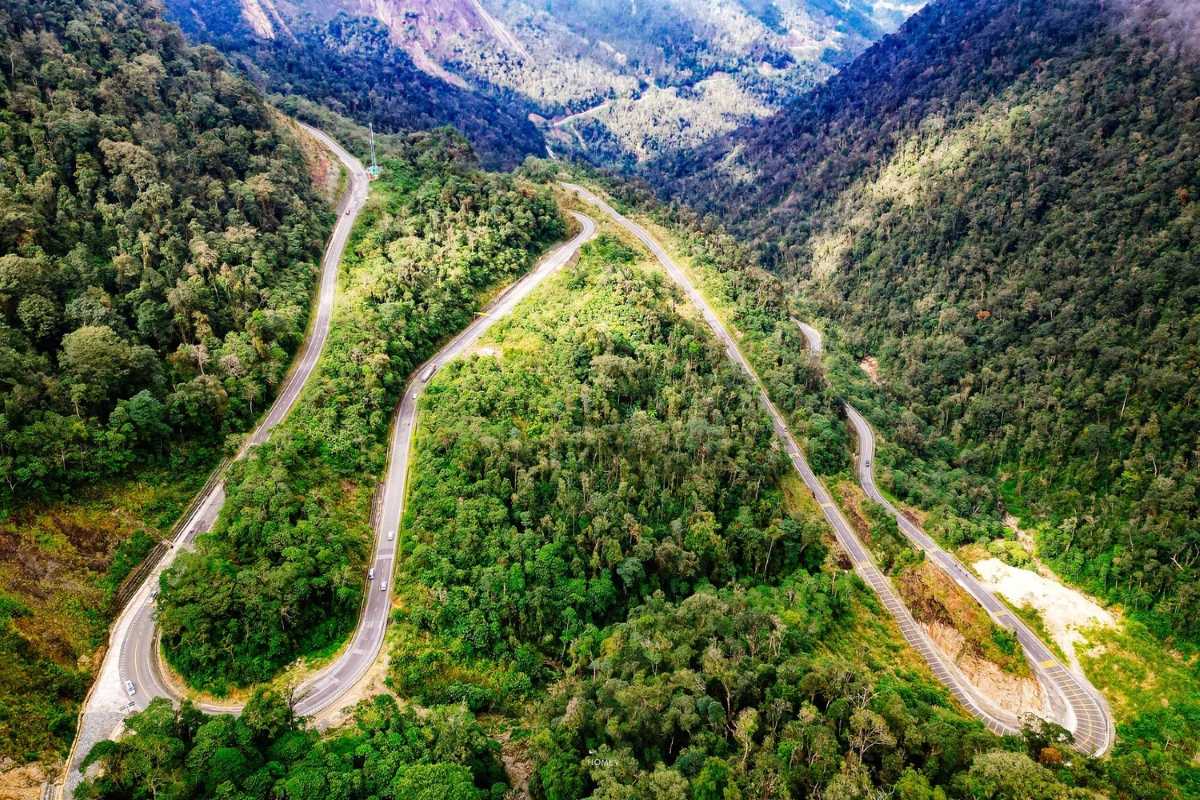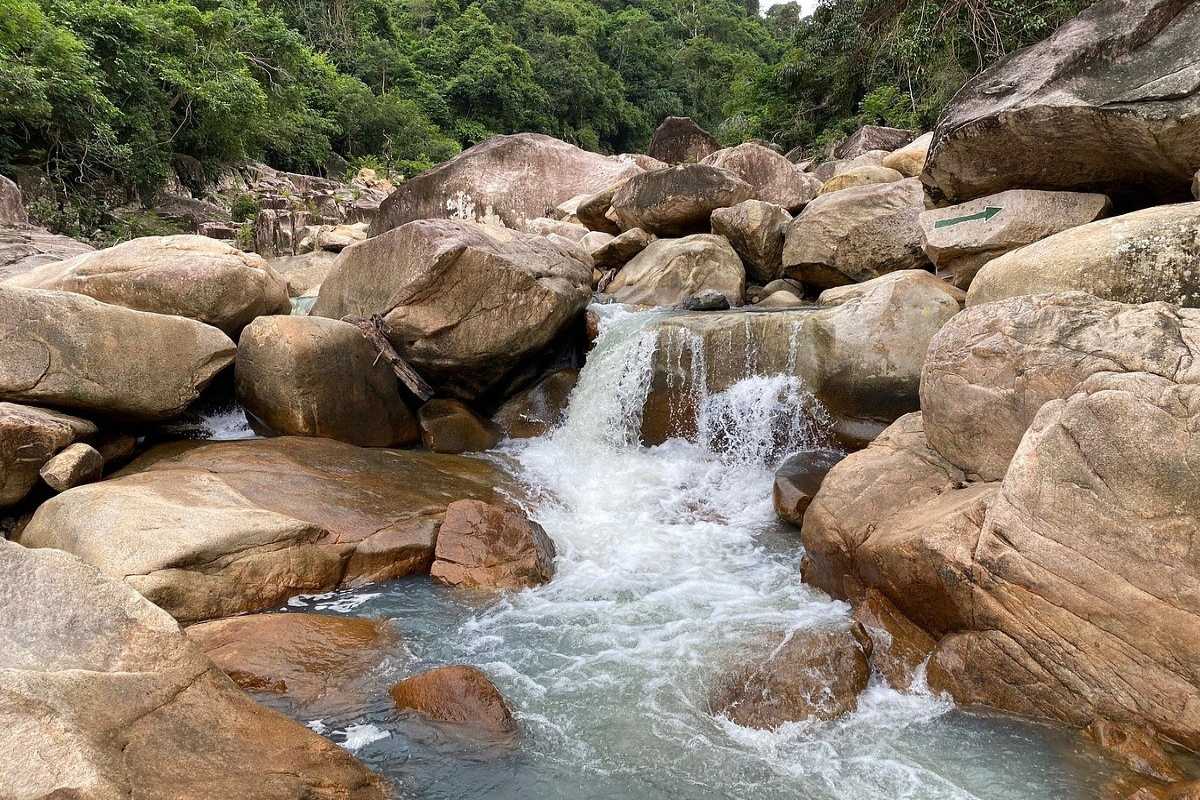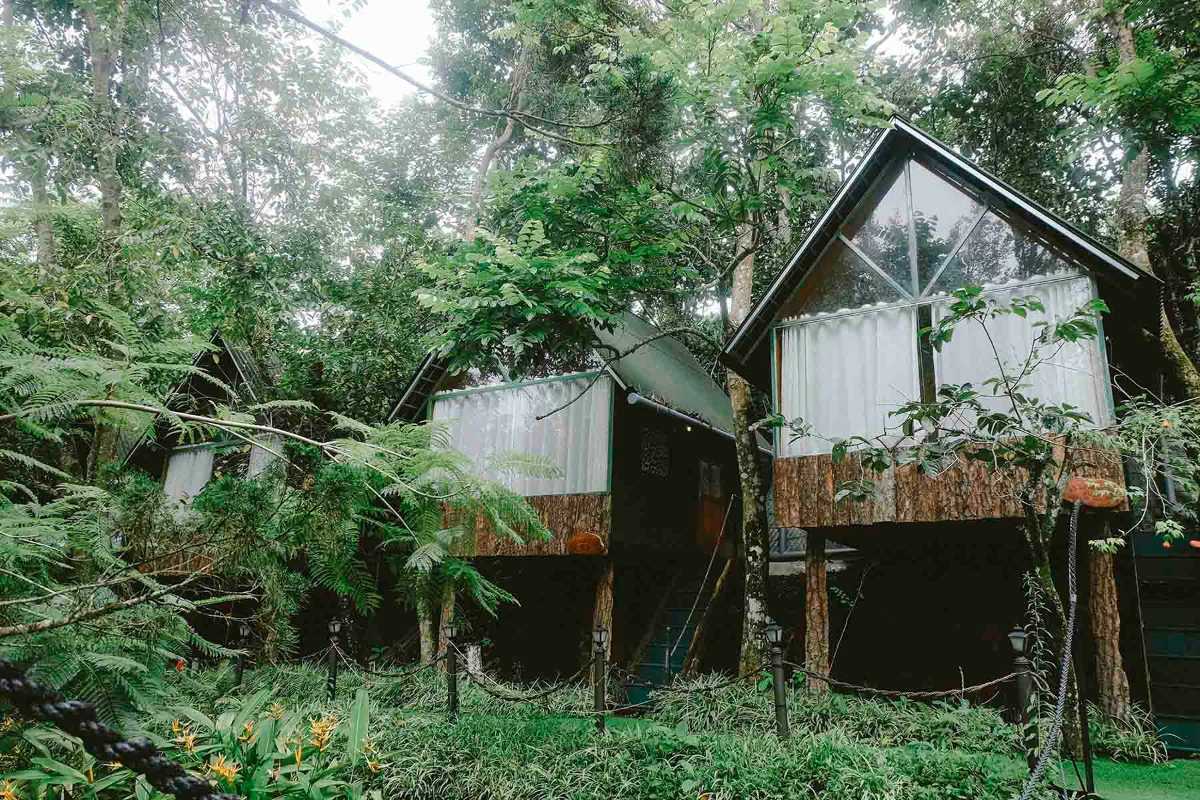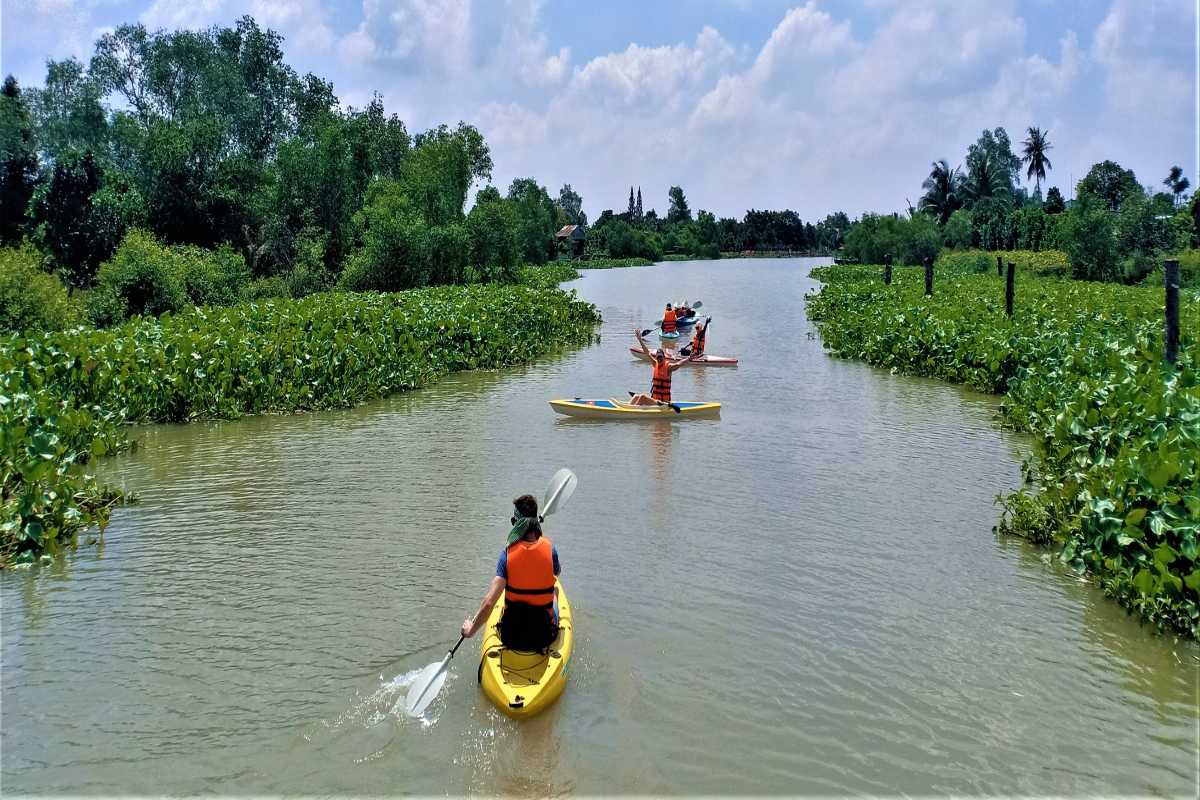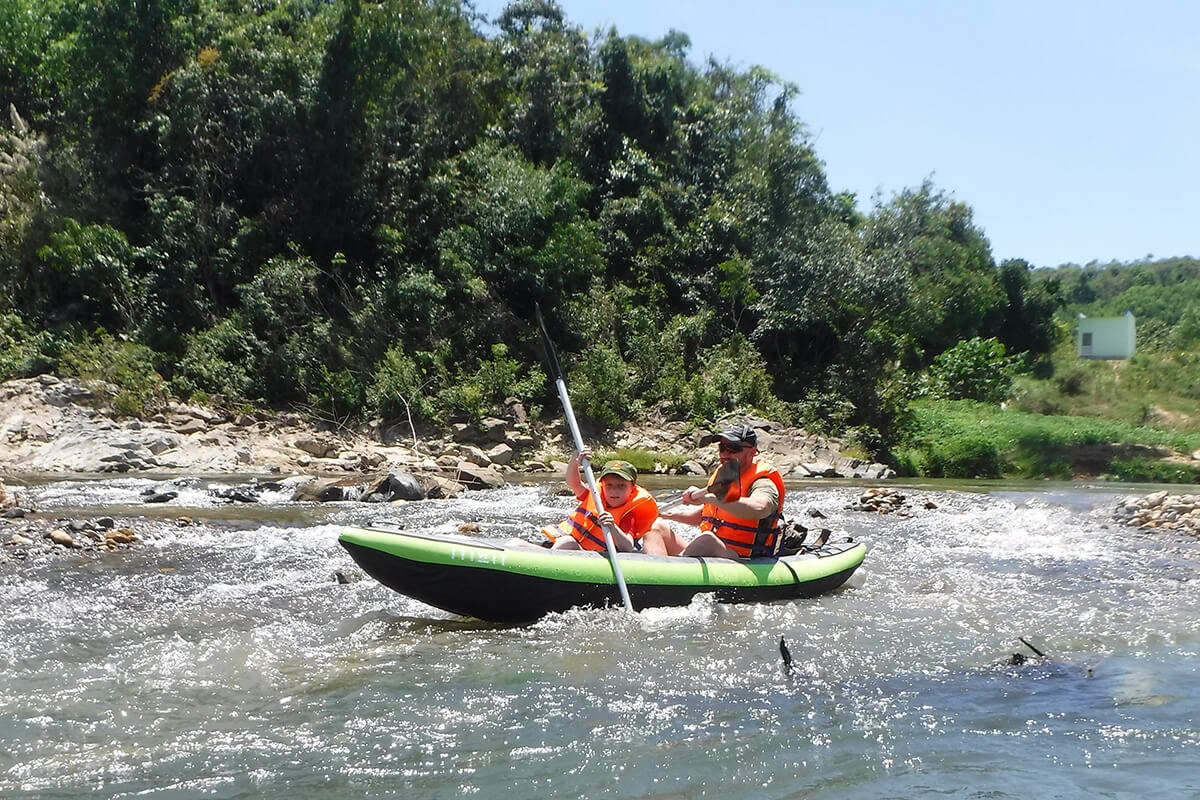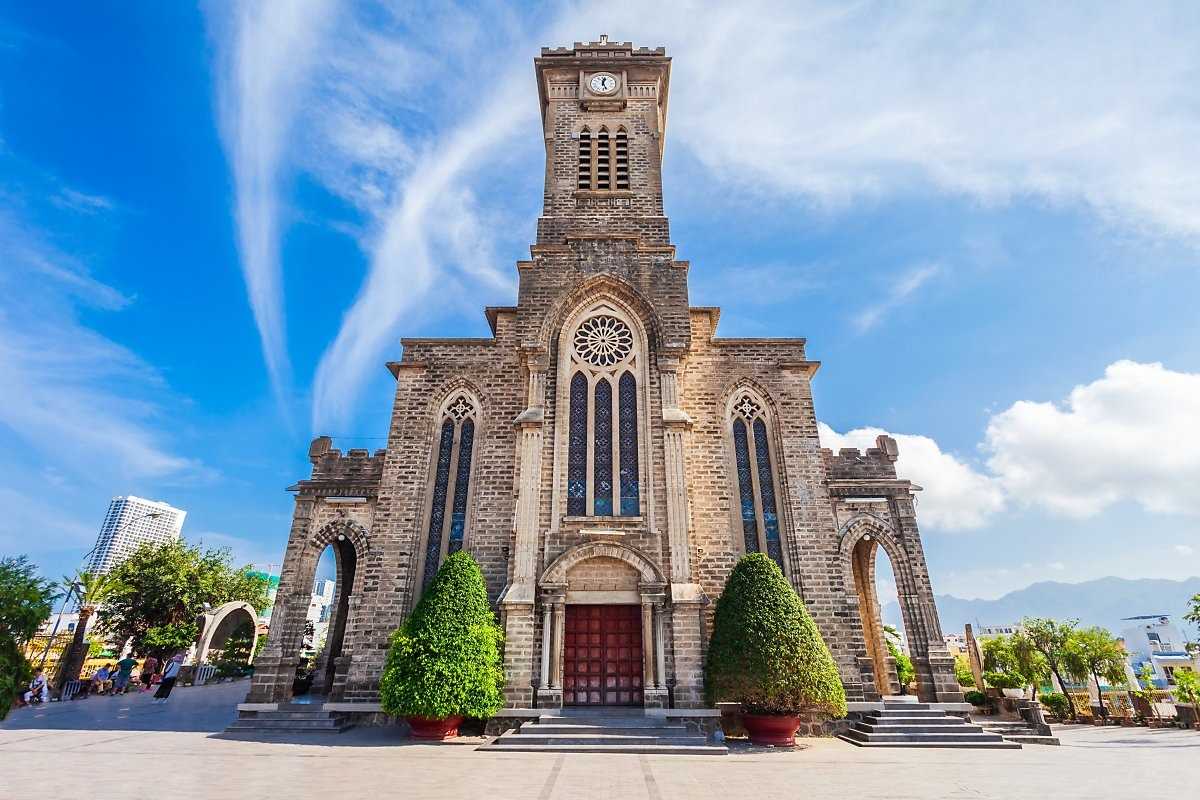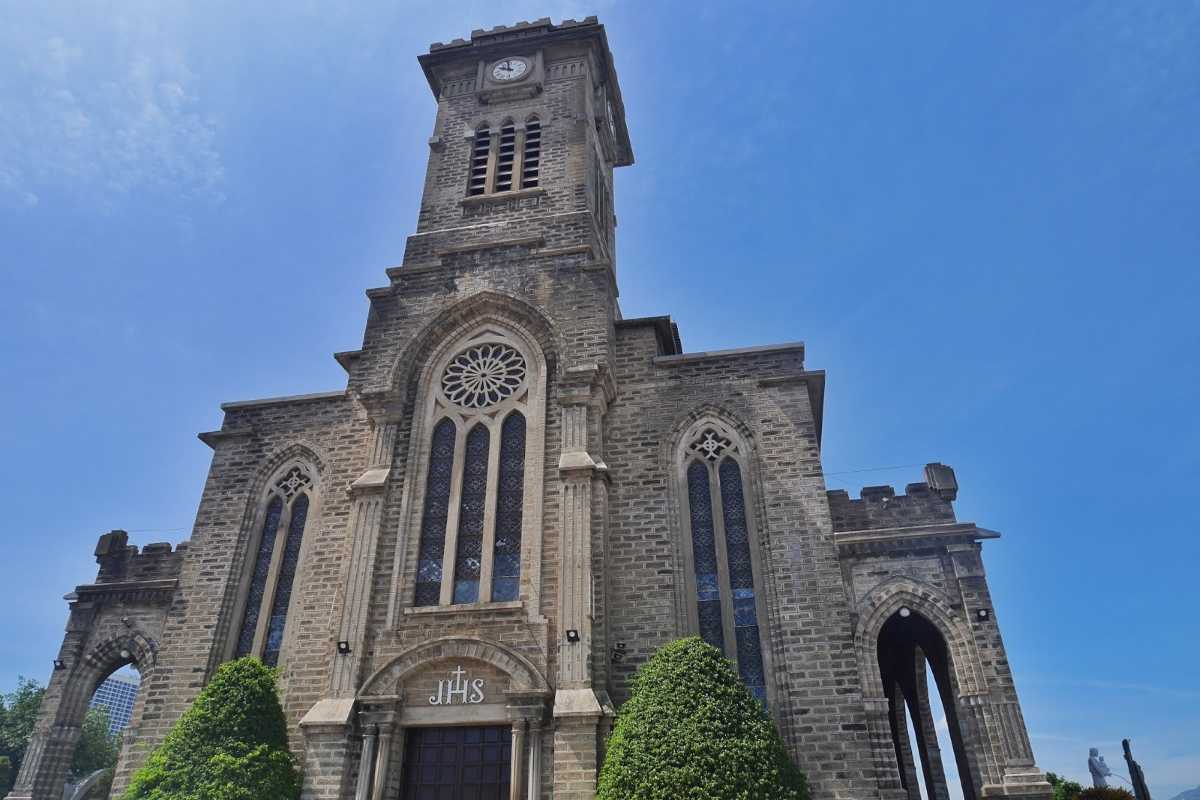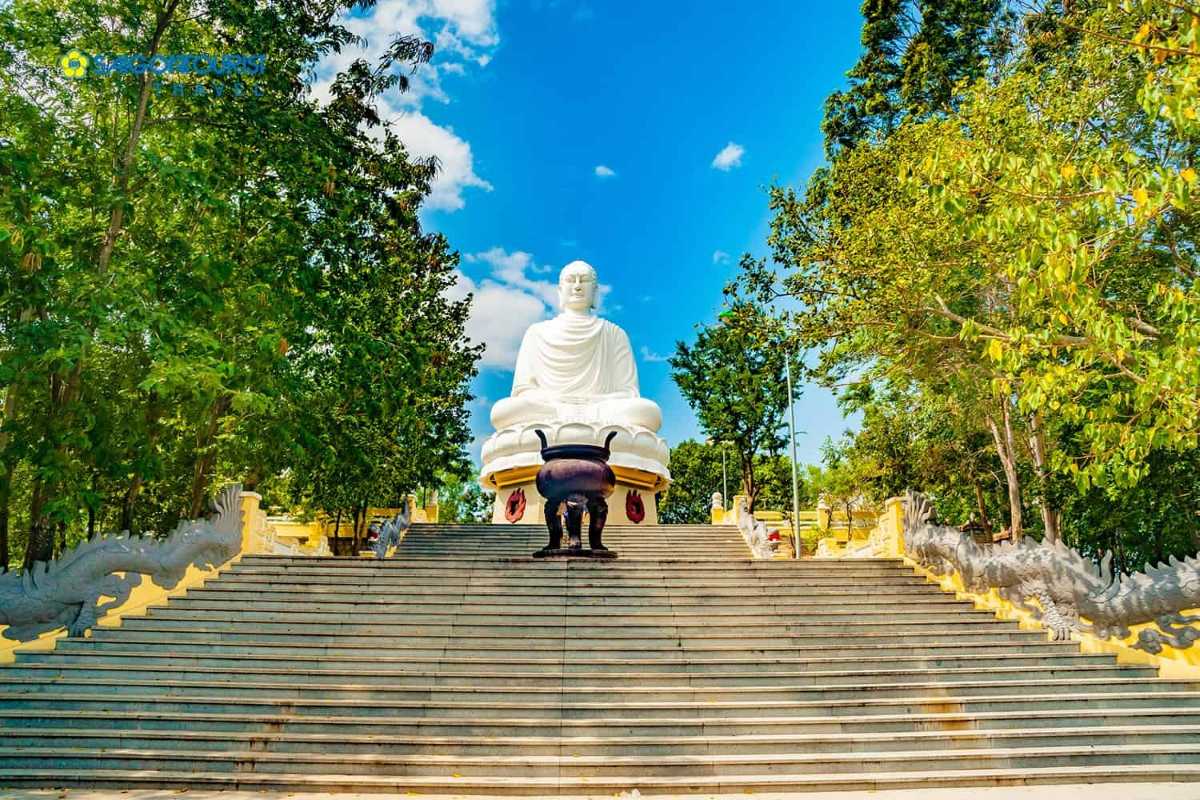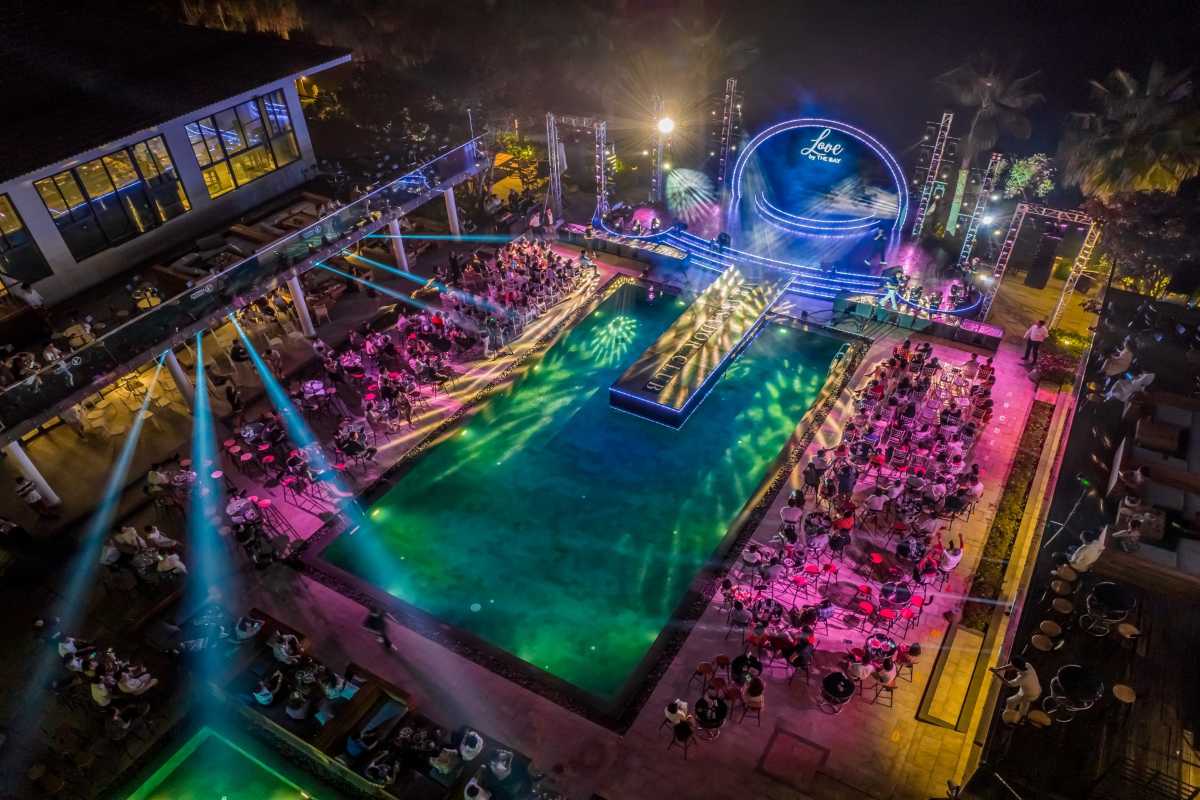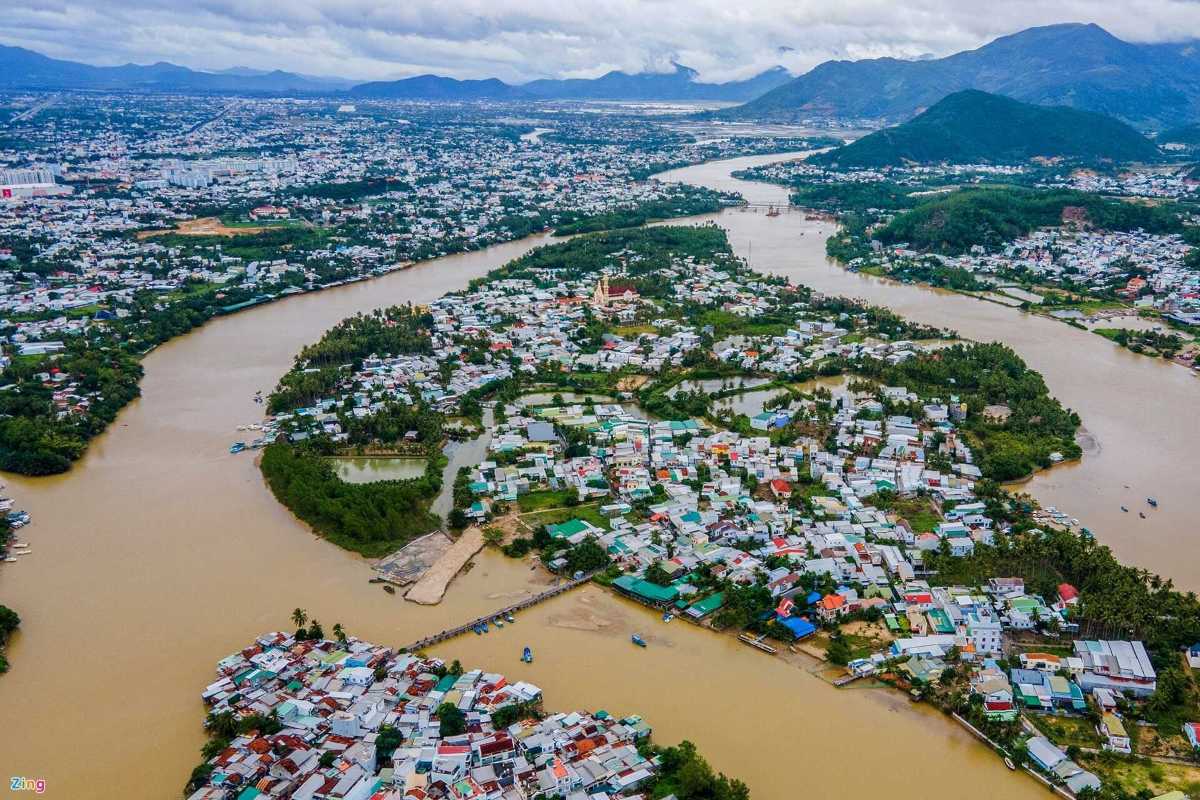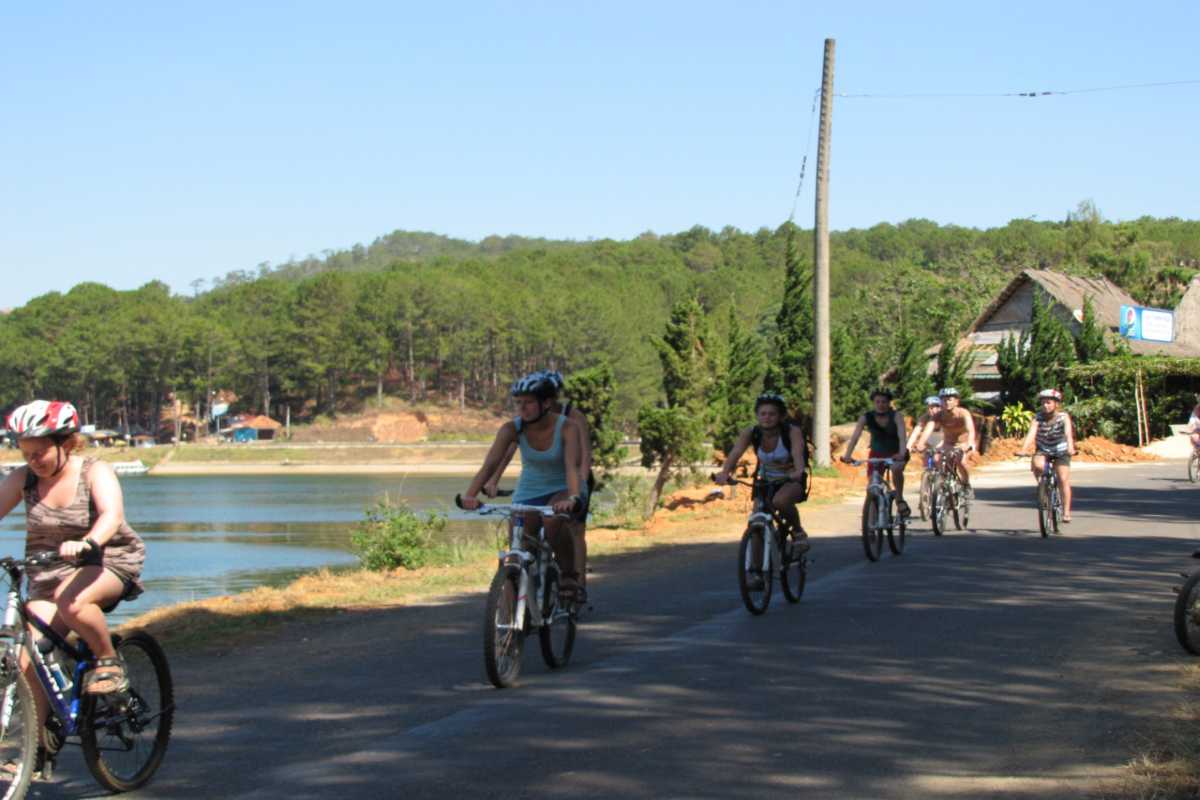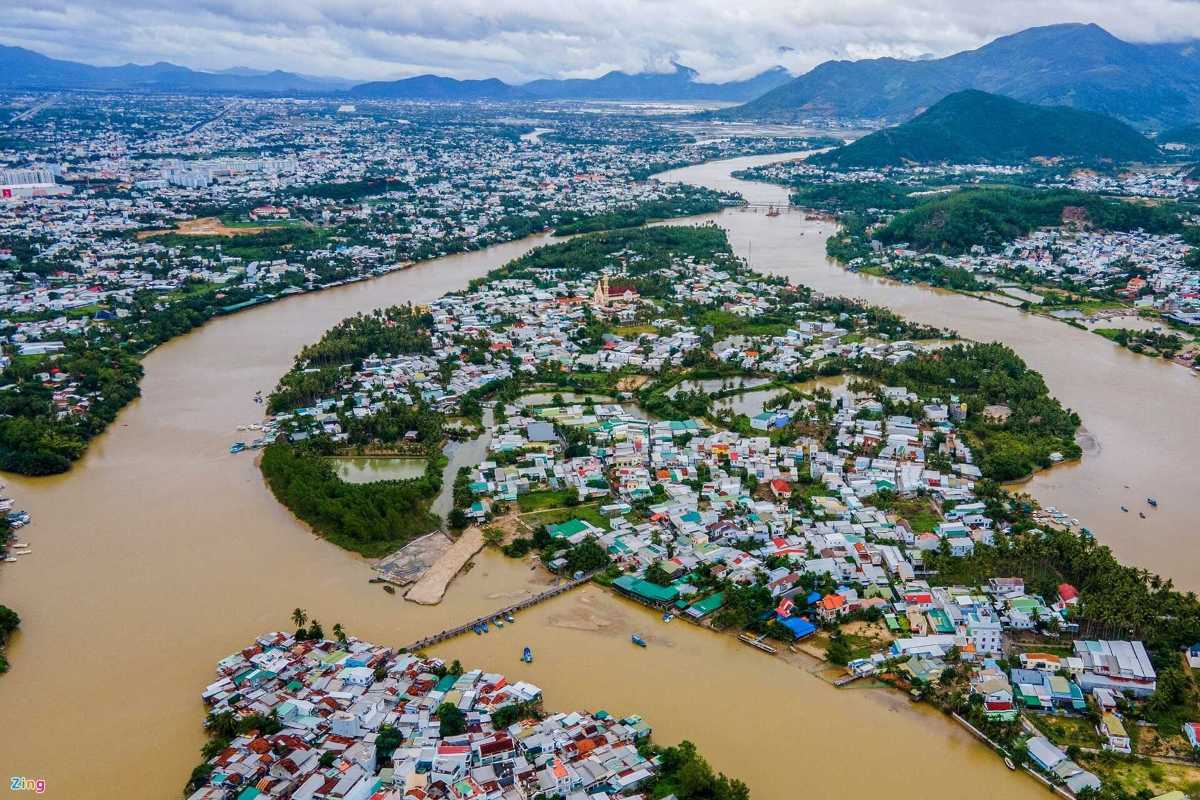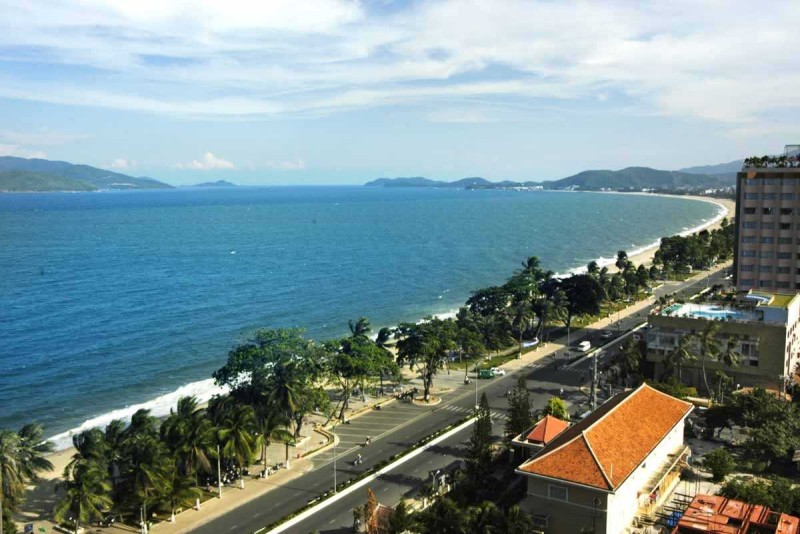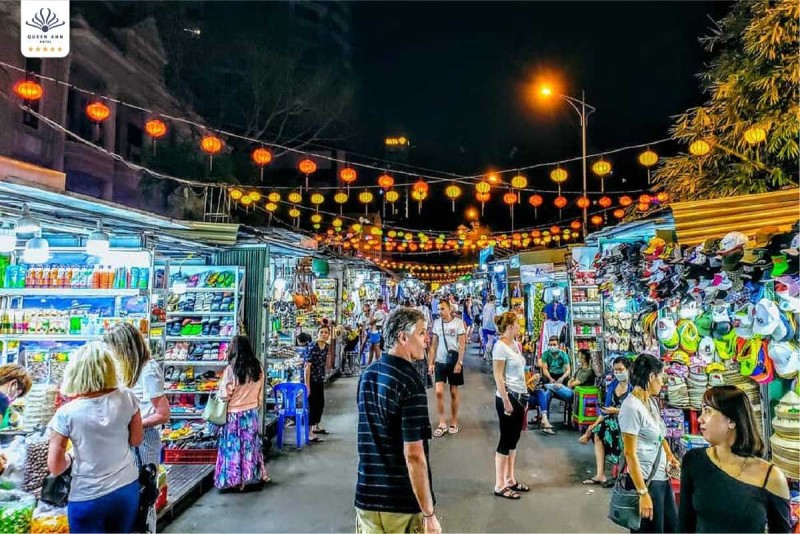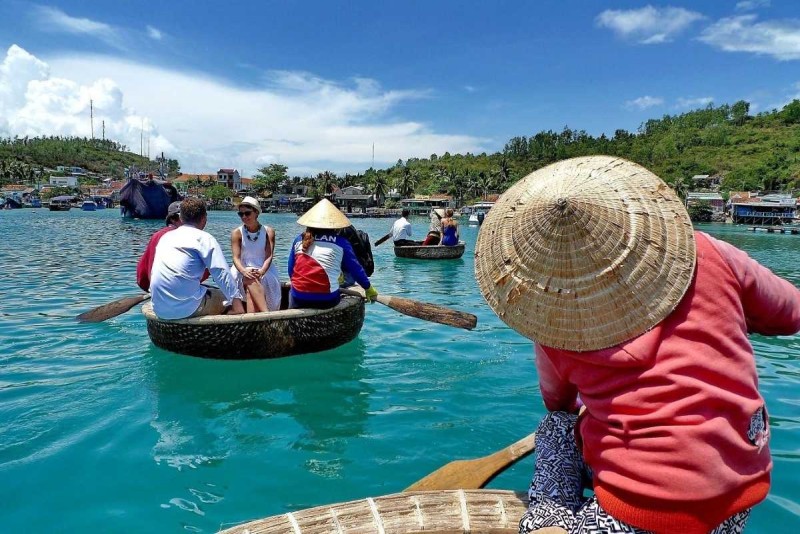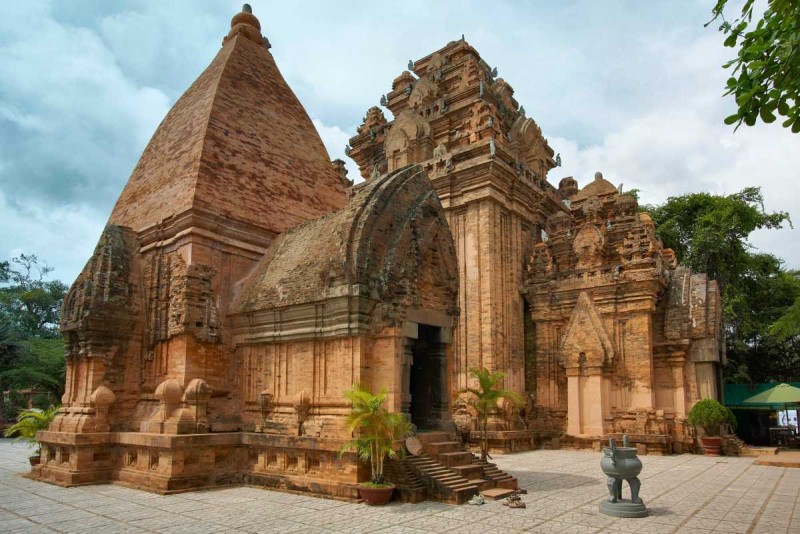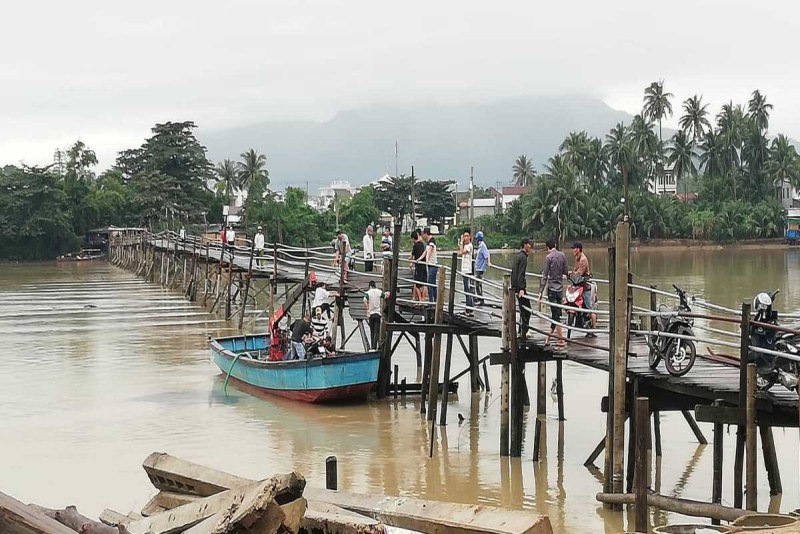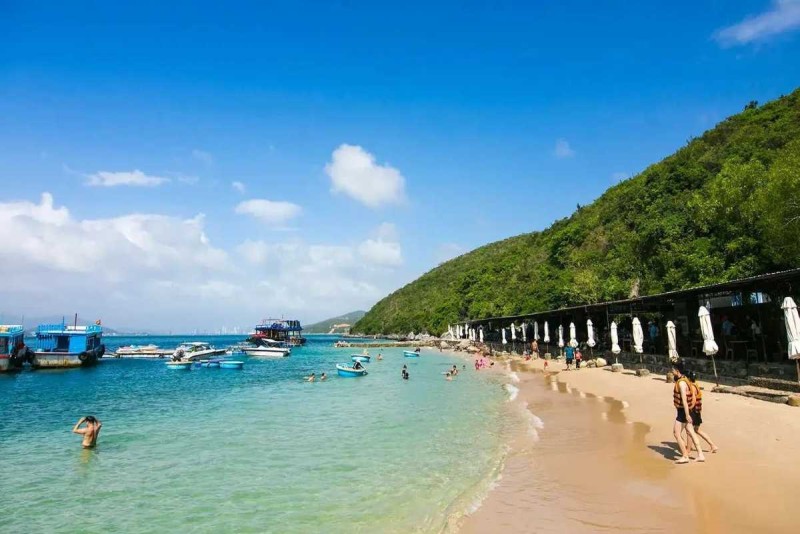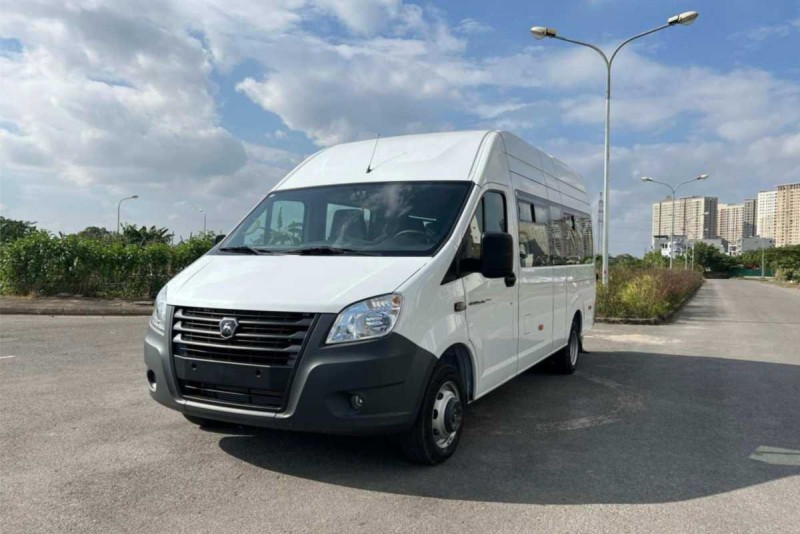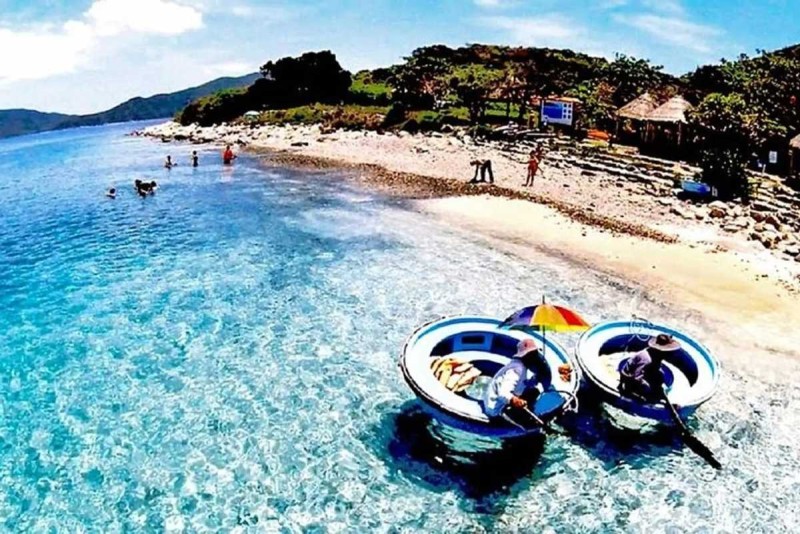Visiting Dien Khanh Citadel Nha Trang: Complete Travel & History Guide
Dien Khanh Citadel is a historic fortress near Nha Trang that showcases unique 18th-century Vietnamese architecture. It offers visitors an authentic glimpse into the Nguyen dynasty’s military heritage, featuring laterite stone walls and an octagonal design. The site is a key cultural landmark with peaceful surroundings and guided tours available.
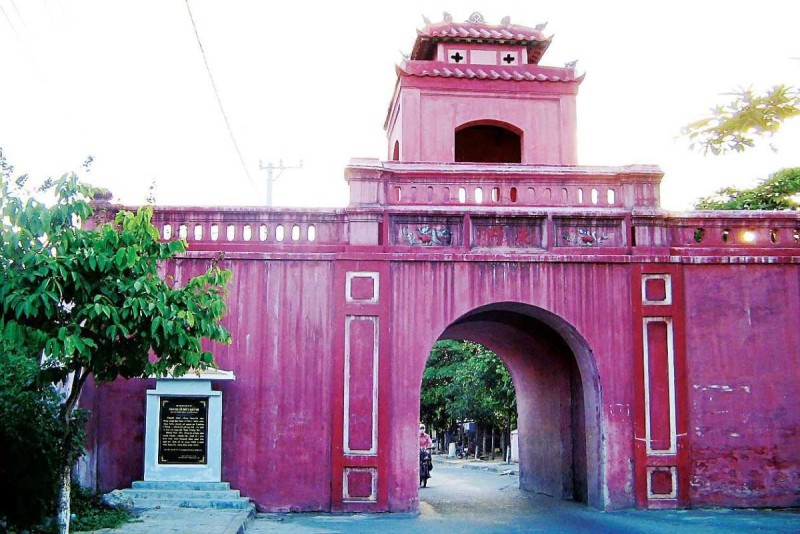
Introduction to Dien Khanh Citadel
Dien Khanh Citadel stands as a remarkable example of 18th-century Vietnamese military architecture. Nestled near Nha Trang, this historic fortress offers a window into the country’s rich cultural past and strategic defense systems. Visitors can explore its sturdy laterite walls and appreciate the influence of both local and colonial design. Understanding the Dien Khanh Citadel provides essential context for any cultural journey through Khanh Hoa Province.
Start your exploration of Dien Khanh Citadel to uncover the stories embedded in its walls and experience the heritage of Dien Khanh District firsthand.
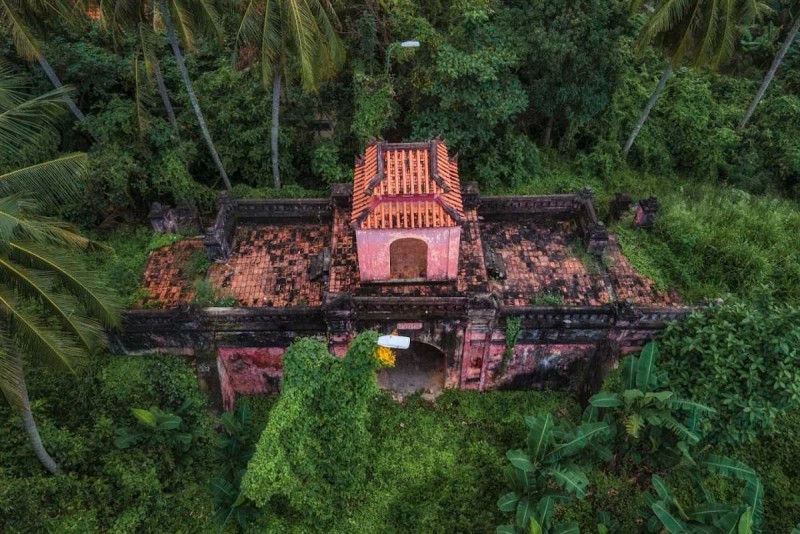
Overview of Dien Khanh Citadel
The Dien Khanh Citadel is a well-preserved fortress built in the late 18th century. It features massive laterite stone walls and a distinctive octagonal shape, reflecting advanced military planning of the time. The citadel was constructed to defend the region and served as a vital administrative center.
- Location: Situated in Dien Khanh District, about 8 kilometers southwest of Nha Trang city center
- Architecture: Combines traditional Vietnamese fortification methods with influences from French colonial styles
- Size: Encompasses approximately 36,000 square meters of defensive walls and internal spaces
Exploring the overview of Dien Khanh Citadel reveals the craftsmanship and strategic importance that made it a key stronghold in Vietnam’s history. Consider joining a guided tour to deepen your understanding of this historic site.
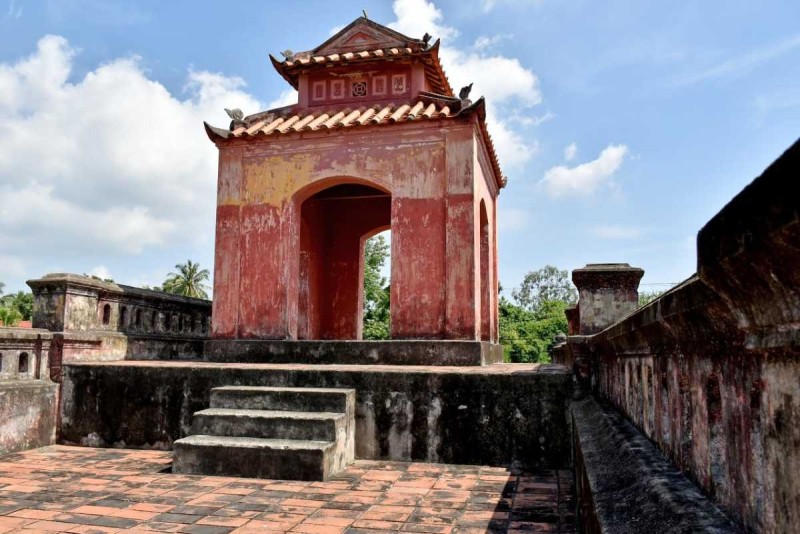
Importance and Significance in Vietnamese History
The Dien Khanh Citadel historical significance lies in its role during the Nguyen dynasty, when it functioned as both a military defense point and administrative hub. It witnessed many key events that shaped the region's history and reflects Vietnam’s broader struggle for sovereignty and cultural identity.
The citadel exemplifies the era's architectural prowess and serves as a tangible connection to the past. The Nguyen dynasty commissioned the fortress to safeguard their rule in Khanh Hoa Province, highlighting its political and strategic value.
Discover the deep roots of the Dien Khanh Citadel to appreciate its importance in Vietnam’s cultural heritage and national identity.
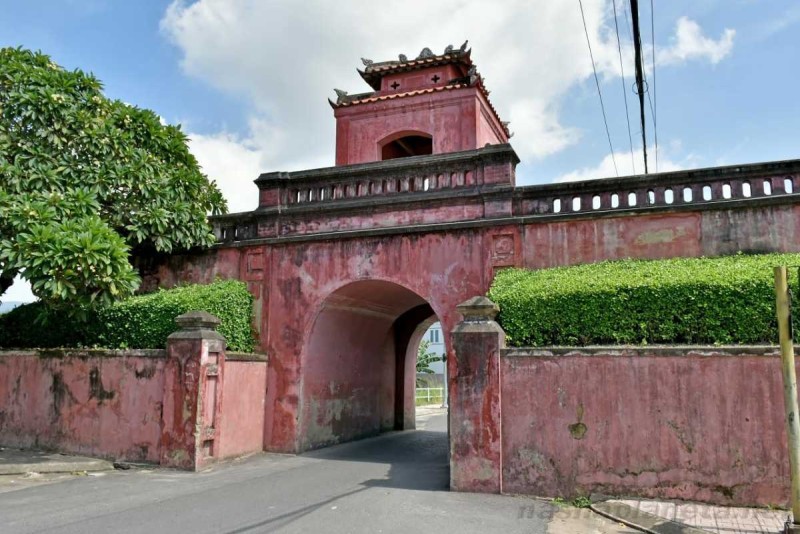
Location and Geographic Context
Knowing the location of Dien Khanh Citadel is crucial for planning your visit. The citadel is located in Dien Khanh District, within Khanh Hoa Province, about 8 kilometers southwest of Nha Trang city.
- Address: Dien Khanh Ward, Dien Khanh District, Khanh Hoa Province, Vietnam
- Coordinates: Approximately 12.1530° N latitude and 109.1675° E longitude
- Access Routes: Easily reachable by taxi, motorbike, or local transport from Nha Trang city center
Understanding the geographic context helps you plan your journey efficiently and discover nearby attractions. Make sure to check local travel conditions before heading to the Dien Khanh Citadel.
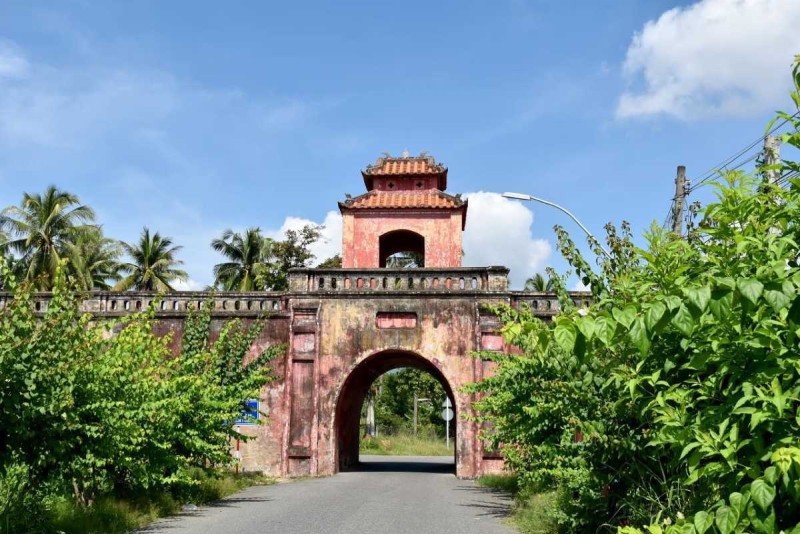
Historical Background and Architecture
The Dien Khanh Citadel represents a unique blend of Vietnamese and colonial military architecture dating back to the late 18th century. Built during the Nguyen dynasty, this fortress was designed to defend the region and symbolize the power of the ruling dynasty. Its strategic layout and robust construction showcase the fusion of indigenous and French fortification influences, making it an important cultural and historical landmark in Vietnam.
Explore the rich architectural heritage of the Dien Khanh Citadel to deepen your understanding of Vietnam’s past and appreciate its enduring significance.
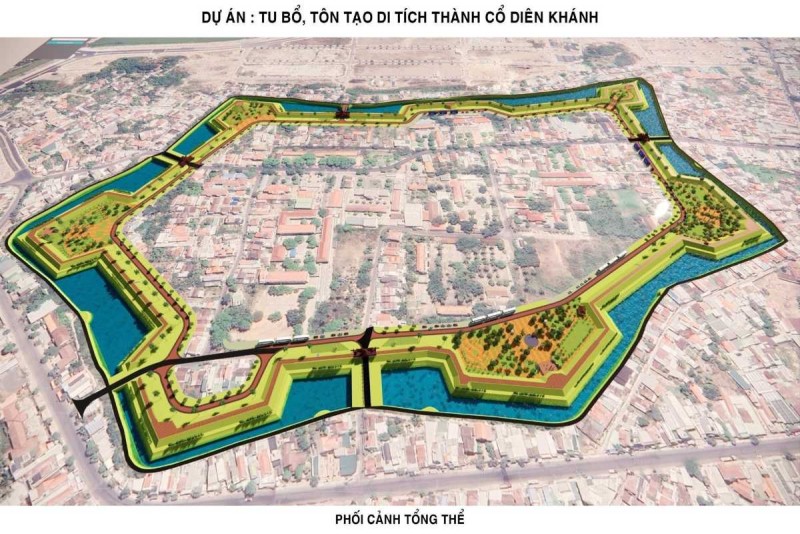
Construction and Founding Period
The origins of the Dien Khanh Citadel trace back to the late 1700s when it was commissioned by the Nguyen dynasty as a military stronghold. Constructed to protect the region from invasions, its building period reflects significant advances in fortress engineering of the time.
During this era, the citadel was erected using durable laterite stone, with an emphasis on both defense and administrative control.
Timeline of Construction (Late 18th Century)
This timeline outlines the main construction phases of the Dien Khanh Citadel:
- Initial Construction: Began in the late 18th century under the Nguyen rulers to fortify the region
- Completion: Walls and gates finalized within a few years, establishing a robust defense system
- Later Enhancements: Minor restorations and reinforcements in subsequent decades to maintain structure integrity
This timeline reflects the citadel’s strategic importance during a turbulent period in Vietnam’s history. Plan your visit to the Dien Khanh Citadel to witness these historic layers firsthand.
Influences from Vietnamese and French Fortification Styles
The architectural style of the Dien Khanh Citadel combines traditional Vietnamese defensive techniques with French military design elements introduced during colonial times. This fusion is evident in:
- Wall Materials: Use of laterite stone common in Vietnam for durability
- Layout: Octagonal fortress shape, inspired by both local and European fortifications
- Defensive Features: Bastions and ramparts designed for enhanced protection
Understanding these influences allows visitors to appreciate the citadel’s design complexity and historical context. Discover more architectural details when you explore the Dien Khanh Citadel.
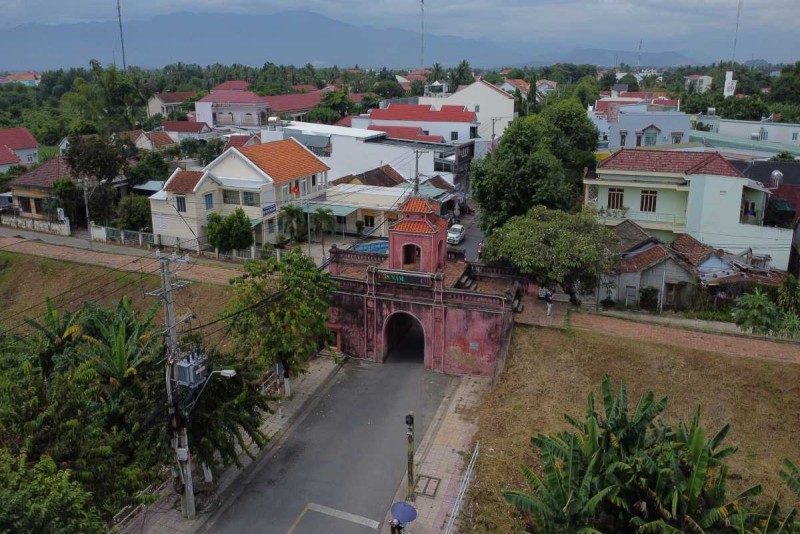
Architectural Features and Layout
The Dien Khanh Citadel showcases unique architectural features that highlight both the strategic and aesthetic prowess of its builders. Its layout was designed to maximize defense while reflecting cultural symbolism. Visitors can observe the massive laterite stone walls and the octagonal fortress shape, which together create a formidable structure resilient to both time and attack.
Key architectural features include:
- Laterite Stone Walls: Thick, durable walls built from locally sourced laterite, providing strong defense
- Octagonal Fortress Design: An uncommon geometric shape allowing multiple vantage points for surveillance and defense
- Defensive Structures: Bastions, gates, and ramparts strategically placed for military advantage
- Internal Layout: Organized courtyards and administrative spaces reflecting both military and governance needs
Exploring these features gives you a deeper appreciation for the citadel’s design and historical role. Plan your visit to the Dien Khanh Citadel to experience these architectural marvels firsthand.
Laterite Stone Walls and Defensive Structures
This section covers the materials and methods used to create the citadel’s sturdy fortifications.
- Laterite Stone: A porous, iron-rich stone common in Vietnam, chosen for its durability and availability
- Thick Walls: Constructed to withstand artillery and natural erosion
- Defensive Ramparts: Elevated platforms for soldiers to monitor and defend the perimeter
- Gatehouses: Fortified entrances designed to control access and provide defense
These materials and structures contributed greatly to the longevity and resilience of the Dien Khanh Citadel. Understanding their use enhances your visit experience.
Octagonal Shape and Strategic Design
The citadel’s octagonal shape was both a military strategy and symbolic choice.
- Multi-Faceted Defense: Eight sides allow guards to watch multiple directions simultaneously
- Symbolic Geometry: The octagon reflects harmony and balance in Vietnamese culture
- Tactical Advantage: The layout facilitates efficient troop movements and strong defensive positions
This design reflects the advanced military thinking of the Nguyen dynasty era. Discover the strategic genius embedded in the Dien Khanh Citadel’s shape during your visit.
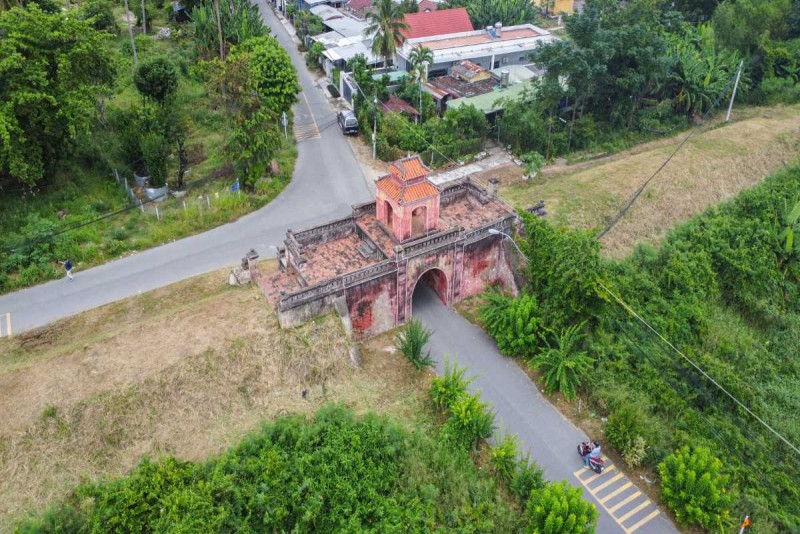
Role in Historical Conflicts and Regional Governance
The Dien Khanh Citadel played a crucial role in regional defense and governance during the Nguyen dynasty period. It served as both a military fortress and an administrative center, overseeing local control and protection against invasions.
Over time, the citadel witnessed numerous historical conflicts that shaped Khanh Hoa Province and influenced broader Vietnamese history.
Key historical roles include:
- Military Stronghold: Defense against external threats and internal uprisings
- Administrative Hub: Center for regional governance and political control
- Symbol of Power: A physical representation of Nguyen dynasty authority and resilience
Visiting the Dien Khanh Citadel offers insight into Vietnam’s complex history of warfare and governance. Let the stories of this fortress inspire your cultural journey.
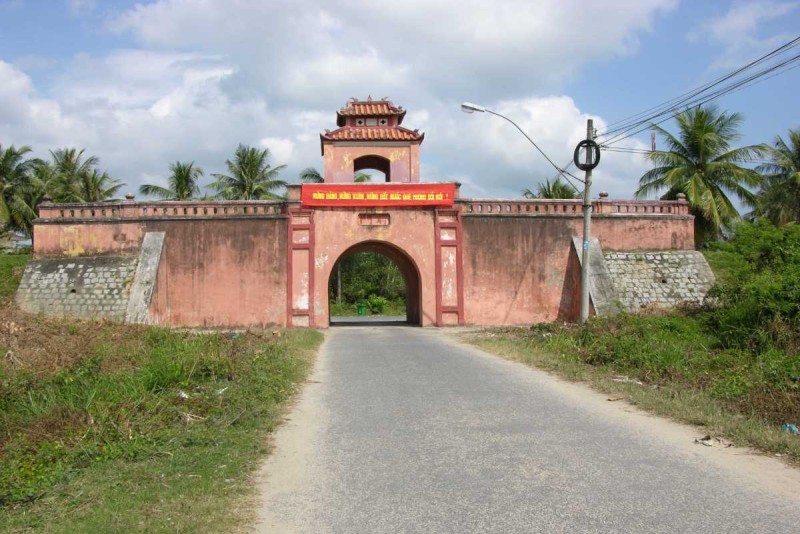
Planning Your Visit to Dien Khanh Citadel
Planning your trip to Dien Khanh Citadel involves understanding how to get there, the opening hours, entry fees, and the best times to visit. This guidance ensures you have a smooth and enjoyable experience exploring this historic site near Nha Trang. Knowing your options helps you make the most of your visit and plan effectively.
Prepare for your visit to Dien Khanh Citadel by reviewing these essential travel details and tips.
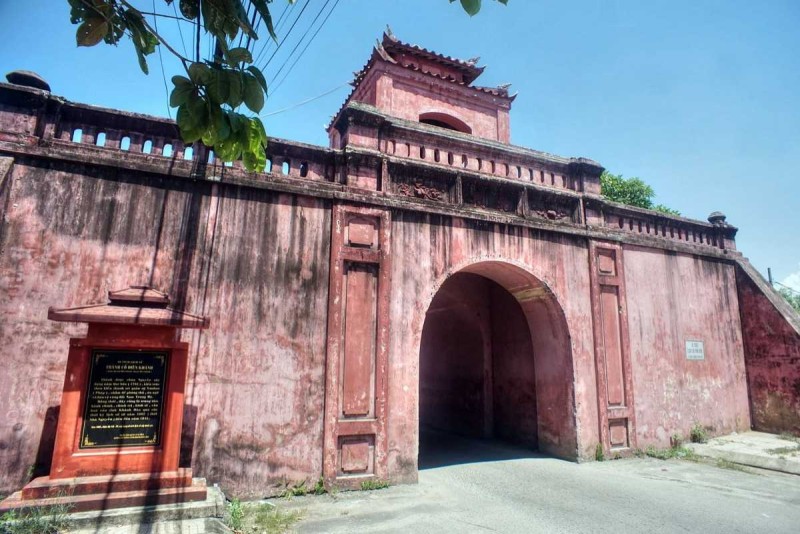
How to Get There
Getting to Dien Khanh Citadel from Nha Trang is straightforward with several transport options available. Whether you prefer convenience or budget travel, you can find a mode that fits your needs.
Common ways to reach the citadel include taxis, motorbike rentals, and local buses. Each option offers distinct advantages depending on your comfort and time constraints.
Explore the transportation options from Nha Trang to Dien Khanh Citadel to choose the best fit for your itinerary.
Transportation Options from Nha Trang City
Explore these transportation methods to reach Dien Khanh Citadel:
- Taxi: Offers direct, comfortable travel with flexible timing
- Motorbike Rental: Ideal for adventurous travelers seeking freedom and affordability
- Local Bus: Budget-friendly option but may require transfers and scheduling awareness
Each mode has pros and cons depending on your preferences and travel style. Consider your comfort level and time when selecting transportation.
Plan your journey to Dien Khanh Citadel using the option that suits your travel style best.
Travel Tips for Motorbike, Taxi, and Public Transport
Enhance your travel experience with these practical tips:
- Motorbike Safety: Always wear a helmet and check the bike before renting
- Taxi Fare: Agree on the fare beforehand or insist on the meter to avoid overcharging
- Public Transport Timing: Verify bus schedules in advance to minimize wait times
- Road Conditions: Be aware that some roads may be uneven or busy during peak hours
- Local Etiquette: Respect traffic rules and local customs for a smooth journey
These tips ensure your trip to Dien Khanh Citadel is safe and hassle-free.

Opening Hours and Entry Fees
Knowing the Dien Khanh Citadel opening hours and entry fees helps you plan your visit effectively. The site welcomes visitors daily, allowing ample time to explore this historic landmark.
- Opening Hours: Open every day from 7:00 AM to 5:00 PM
- Entry Fees: A modest ticket price grants access to the entire citadel grounds
- Discounts: Reduced rates may apply for students, seniors, and groups
Check current fees and hours ahead of your visit to avoid any surprises. Planning your visit around these times ensures you can fully enjoy the Dien Khanh Citadel experience.

Best Times and Seasons to Visit
The best time to visit Dien Khanh Citadel is during the dry season when weather conditions are most favorable for outdoor exploration. Seasonal factors also influence crowd sizes and special cultural events.
- Dry Season (January to August): Ideal for pleasant weather and less rainfall
- Wet Season (September to December): Expect higher humidity and occasional heavy rains
- Festivals: Visiting during local cultural festivals adds vibrant experiences to your trip
- Peak Tourist Months: Plan accordingly to avoid large crowds and enjoy a peaceful visit
Choosing the right season can greatly enhance your experience at the Dien Khanh Citadel and throughout Nha Trang.

Activities and Experiences at Dien Khanh Citadel
Visiting Dien Khanh Citadel offers a rich variety of activities that immerse you in history and culture. From guided tours to cultural festivals, there are many ways to explore and appreciate this historic site near Nha Trang. Whether you prefer a structured tour or a self-guided adventure, the citadel’s experiences cater to all interests.
Discover the many activities awaiting you at Dien Khanh Citadel and plan your visit to make the most of this cultural treasure.

Guided and Self-Guided Tours
Choosing between guided and self-guided tours at Dien Khanh Citadel depends on how deeply you want to explore its history.
- Guided Tours: Led by knowledgeable experts who provide detailed historical context and stories
- Self-Guided Tours: Allow you to explore at your own pace using maps and informational signage
- Booking Options: Tours can be booked online, through local agencies, or arranged on-site for flexibility
Both options offer unique advantages, with guided tours enhancing understanding and self-guided tours providing freedom. Consider your preferences when planning your visit to Dien Khanh Citadel.

Cultural Events and Festivals at the Citadel
The Dien Khanh Citadel hosts several cultural events and festivals that bring the site to life throughout the year.
- Tet Festival: Celebrated with traditional performances and ceremonies reflecting Vietnamese heritage
- Local Cultural Shows: Featuring music, dance, and crafts unique to the Khanh Hoa region
- Heritage Days: Special events focusing on historical education and community involvement
Attending these events enriches your visit with authentic cultural experiences. Check event schedules to coincide your trip with these vibrant celebrations at Dien Khanh Citadel.

Photography and Sightseeing Opportunities
The architectural beauty and scenic surroundings of Dien Khanh Citadel make it a prime spot for photography and sightseeing.
- Best Photography Spots: Along the laterite walls, entrance gates, and elevated bastions
- Ideal Times for Photos: Early morning or late afternoon for soft lighting and fewer crowds
- Sightseeing Highlights: Panoramic views of the surrounding Dien Khanh District and historic features
Capture memorable images and enjoy peaceful walks while exploring the Dien Khanh Citadel grounds. Prepare your camera and plan your visit accordingly.

Nearby Attractions and Complementary Destinations
When visiting Dien Khanh Citadel, consider exploring these nearby attractions to enrich your cultural and natural experience around Nha Trang. Each destination offers unique insights into the region’s history, spirituality, and scenic beauty, helping you create a fuller travel itinerary.
Plan your trip to include these must-see nearby attractions that complement your visit to Dien Khanh Citadel.

Po Nagar Cham Towers
The Po Nagar Cham Towers are a significant Cham heritage site located just a short distance from Dien Khanh Citadel. These ancient towers showcase stunning Cham architecture and serve as an active religious site.
- Historical Importance: Built between the 7th and 12th centuries, dedicated to the goddess Yan Po Nagar
- Architecture: Characterized by red brick structures and intricate carvings typical of Cham culture
- Visitor Tips: Best visited early morning or late afternoon to avoid crowds and heat
Visiting the Po Nagar Cham Towers Nha Trang offers a deeper understanding of the Cham civilization and its lasting cultural impact.

Long Son Pagoda
A key spiritual site near Dien Khanh Citadel, Long Son Pagoda is known for its impressive white Buddha statue and peaceful grounds.
- Religious Significance: One of the most important Buddhist temples in the region
- Features: Includes a large outdoor statue, ornate interiors, and beautiful views of Nha Trang
- Accessibility: Easily reachable by taxi or motorbike from the citadel area
Include Long Son Pagoda in your travel plans for a serene cultural experience near Dien Khanh Citadel.

Hon Chong Promontory
The Hon Chong Promontory offers breathtaking coastal views and fascinating rock formations, making it a popular spot for sightseeing and photography.
- Scenic Beauty: Rocky outcrops against the blue sea provide a dramatic natural landscape
- Activities: Ideal for leisurely walks, photography, and enjoying sunset views
- Location: Situated near the city center, convenient to visit after exploring the citadel
Discover the natural charm of Hon Chong Promontory sightseeing as part of your itinerary near Dien Khanh Citadel.

Ba Ho Waterfalls and Nature Excursions
For nature lovers, the Ba Ho Waterfalls provide a refreshing outdoor adventure not far from Dien Khanh Citadel.
- Activities: Hiking trails, swimming in natural pools, and picnicking spots
- Environment: Surrounded by lush forest and clear mountain streams
- Visitor Info: Bring suitable footwear and prepare for moderate physical activity
Experience the invigorating Ba Ho Waterfalls nature excursions to balance cultural visits with nature exploration.

Conservation and Cultural Preservation Efforts
Efforts to preserve the Dien Khanh Citadel focus on maintaining its historical and cultural integrity while promoting responsible tourism. These initiatives ensure that the site remains a valuable cultural landmark for future generations, combining local government action and international support.
Discover how conservation projects protect the Dien Khanh Citadel and learn how you can support sustainable tourism during your visit.

Government and Local Authority Initiatives
The Vietnamese government and Khanh Hoa Province authorities have implemented several programs to conserve the Dien Khanh Citadel:
- Restoration Projects: Periodic repairs and maintenance to preserve the citadel’s structure
- Heritage Site Management: Regulations controlling development and visitor impact
- Educational Campaigns: Raising awareness locally about the importance of preservation
- Tourism Control Measures: Managing visitor flow to prevent damage
These initiatives reflect a strong commitment to safeguarding the cultural heritage of Dien Khanh Citadel for both residents and visitors.

UNESCO and International Support
International organizations, including UNESCO, contribute to the preservation of the Dien Khanh Citadel through funding and expertise:
- Technical Assistance: Providing conservation methodologies aligned with global standards
- Cultural Exchange Programs: Facilitating knowledge sharing between heritage sites worldwide
- Awareness Campaigns: Promoting the site’s significance on international platforms
Such collaborations elevate the status of Dien Khanh Citadel and help protect it within the broader context of world heritage.

Sustainable Tourism Practices
Promoting sustainable tourism at the Dien Khanh Citadel is essential for its ongoing preservation:
- Visitor Education: Informing tourists about respectful behaviors and site protection
- Waste Management: Ensuring cleanliness and minimizing environmental impact
- Support for Local Communities: Encouraging tourism that benefits the region economically
- Eco-Friendly Infrastructure: Using sustainable materials in site maintenance and visitor facilities
By practicing responsible tourism, you help maintain the beauty and cultural value of Dien Khanh Citadel for generations to come.

Practical Travel Tips for Visitors
Visiting the Dien Khanh Citadel is rewarding, and with the right preparation, your trip will be comfortable and enjoyable. Knowing about site accessibility, facilities, safety, and local amenities helps you make the most of your visit near Nha Trang.
Prepare yourself with these practical tips to ensure a smooth experience at the Dien Khanh Citadel.

Accessibility and Facilities at the Site
The Dien Khanh Citadel offers facilities to accommodate a variety of visitors, including those with mobility challenges.
- Wheelchair Access: Limited in some areas due to historical architecture but ramps are available at main entrances
- Restrooms: Clean public restrooms located near the entrance
- Parking: Ample parking space for cars and motorbikes
- Visitor Information Center: Offers maps, guides, and assistance
These facilities make the citadel accessible and convenient. Check ahead for specific needs when planning your visit to the Dien Khanh Citadel.

Recommendations for Families, Solo Travelers, and History Enthusiasts
Tailored advice can enhance your visit to the Dien Khanh Citadel based on your travel style.
- Families: Bring water, sunscreen, and comfortable shoes for walking; the site offers shaded areas for rest
- Solo Travelers: Consider joining guided tours for enriched historical insights and social opportunities
- History Enthusiasts: Take advantage of self-guided tours and informational plaques to explore at your own pace
Planning according to your preferences ensures a fulfilling experience at Dien Khanh Citadel.

Safety and Weather Considerations
Stay safe and comfortable with these key tips for visiting the Dien Khanh Citadel.
- Weather: Best to visit during the dry season from January to August to avoid heavy rains
- Clothing: Wear light, breathable clothing and sturdy footwear for uneven terrain
- Health: Carry water to stay hydrated and insect repellent for outdoor areas
- Safety: Follow site rules, stay on designated paths, and be cautious on stairs and uneven surfaces
Following these tips will help you enjoy your visit safely and comfortably.

Local Amenities: Food, Accommodation, and Services
Several convenient amenities near the Dien Khanh Citadel support your visit and stay.
- Accommodation: Hotels and guesthouses in nearby Nha Trang cater to a range of budgets and preferences
- Dining: Local restaurants offer traditional Vietnamese cuisine and international options
- Services: Tour operators, transport rentals, and visitor centers provide assistance and bookings
- Shopping: Souvenir shops near the citadel feature local crafts and memorabilia
Make the most of local amenities to complement your cultural exploration of Dien Khanh Citadel.

Conclusion
The Dien Khanh Citadel remains a vital cultural landmark that offers rich history and architectural marvels. Visiting this historic fortress not only deepens your understanding of Vietnam’s heritage but also supports ongoing preservation efforts. Planning your trip with respect for the site ensures a meaningful and rewarding experience.
Make your visit to the Dien Khanh Citadel part of a journey that honors Vietnam’s cultural legacy.

Summary of Key Highlights
Here are the key highlights to remember about the Dien Khanh Citadel:
- Historical Significance: Built in the late 18th century during the Nguyen dynasty era
- Architectural Features: Notable laterite stone walls and distinctive octagonal layout
- Visitor Tips: Accessibility options, opening hours, and nearby amenities
- Nearby Attractions: Po Nagar Cham Towers, Long Son Pagoda, Hon Chong Promontory, and Ba Ho Waterfalls
These highlights provide a comprehensive overview to guide your visit and enrich your cultural exploration.

Encouragement to Explore and Respect Cultural Heritage
Visiting the Dien Khanh Citadel invites you to engage with Vietnam’s past respectfully and thoughtfully. Responsible tourism helps preserve this historic site for future generations. By appreciating and protecting cultural heritage, you contribute to sustaining Vietnam’s rich history.
Plan your trip with care and join in celebrating the legacy of the Dien Khanh Citadel and Vietnam’s cultural preservation.
Mike Nguyen
Travel Advisor
Mobile: +84917506881 (whatsapp available)
Email: contact@asiatravellinks.com
Faqs
Dien Khanh Citadel is a historic fortress built in the late 18th century during the Nguyen dynasty. It was designed as a strategic military stronghold with unique laterite stone walls and an octagonal layout. The citadel played an important role in regional defense and governance, reflecting the military architecture of Vietnam’s past.
- Constructed between 1793 and 1804 as a defense against invaders
- Served as an administrative center for Khanh Hoa Province
- Influenced by both Vietnamese and French fortification styles
Understanding the citadel’s history offers insight into Vietnam’s heritage and military ingenuity. Plan your visit to experience this living monument of Vietnamese culture.
To reach Dien Khanh Citadel from Nha Trang, you have several transport options depending on convenience and budget. The citadel is approximately 10 km northwest of the city center.
- Taxi or private car: Quick and comfortable, about 20 minutes
- Motorbike rental: Flexible for independent travelers familiar with local roads
- Public bus: Affordable, but routes and schedules may require advance checking
Choosing the best transportation depends on your itinerary and preferences. Contact us for tailored travel advice to Dien Khanh Citadel.
Yes, visiting Dien Khanh Citadel requires an entry ticket, which supports site maintenance and preservation efforts.
- Ticket prices are generally affordable, around 20,000 to 30,000 VND for adults
- Discounts may apply for students, seniors, and children
- Entrance fees help fund ongoing conservation projects
Knowing the entry fees helps you plan your visit budget wisely while contributing to the citadel’s upkeep.
Dien Khanh Citadel is open to visitors daily with consistent hours to accommodate most travel schedules.
- Typical opening hours: 7:30 AM to 5:00 PM
- Last admission usually 30 minutes before closing
- Hours may vary during public holidays or special events
Planning your visit within these times ensures a full experience without rush or inconvenience.


